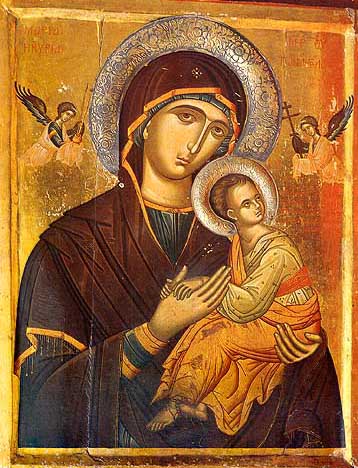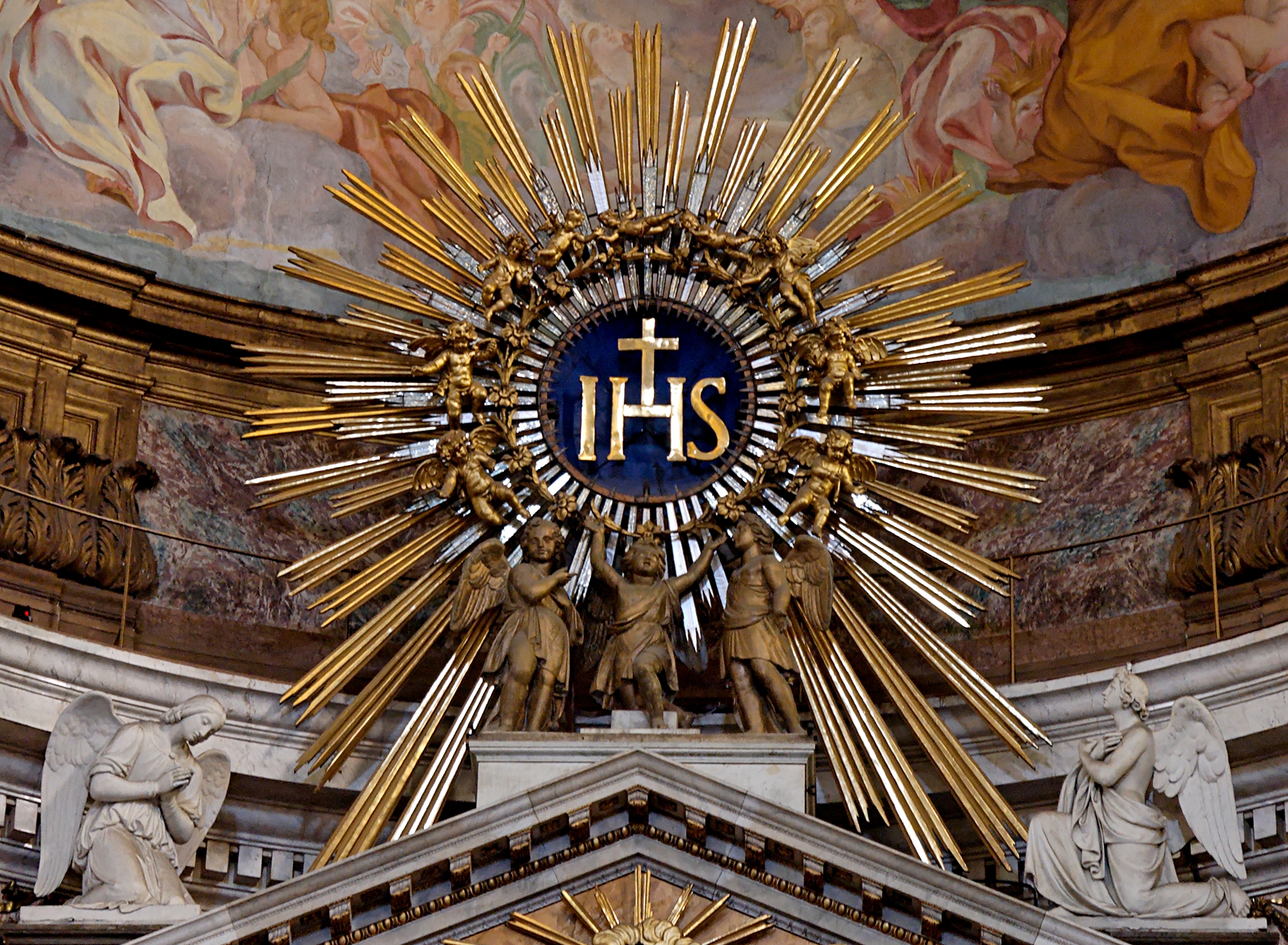There are a couple of ways to gain plenary indulgences for the dead during this week. These are listed in section 1 of no. 27 of the current Enchiridion:
"A plenary indulgence, applicable only to the souls in purgatory, is granted to the faithful who,
- on any day and each day from November 1 to 8, devoutly visit a cemetery and pray, if only mentally, for the departed;
- on All Souls' Day (or, according to the judgment of the ordinary, on the Sunday preceding or following it, or on the solemnity of All Saints), devoutly visit a church or an oratory and recite an Our Father and the Creed."
Again, it should be mentioned that, in addition to the act above performed, the other three conditions must be met for a plenary indulgence within a few days of the act: Communion, Confession, and prayer for the Holy Father's intentions (for which an Our Father and Hail Mary will suffice). It is best that the Commnion and prayer for the Holy Father's intentions be on the same day as the act. One confession can apply to multiple plenary indulgences, but only one communion. And of course, one may only gain a single plenary indulgence in a day.
Today would also be a to remember praying for the dead daily, as All Saints' Day begins this evening. We might certainly use that most common prayer for the dead, the Requiem aeternam:
Eternal rest grant unto them, O Lord, and let perpetual light shine upon them. May they rest in peace. Amen.In the coming days, it would be good also to pray the Office of the Dead, either from the Liturgy of the Hours or the Breviary. Praying the prayer Requiem aeternam above, as well as Lauds and Vespers of the Office of the Dead, are enriched with a partial indulgence. The former may be used after meal prayers and the Angelus.
I regret that I did not get this post up earlier, as it would be a great place to mention the Novena in preparation for All Souls, which was explicitly mentioned in no. 260 of the Directory of Popular Piety. I will include one such novena prayer here:
Despite missing out on the novena, we can at least go on with the Octave. Let's get to praying for the Poor Souls!O God, the Creator and Redeemer of all the faithful, give to the souls of Thy servants departed full remission of all their offenses that, through pious supplications, they may obtain the pardon of which they have always been desirous. Who livest and reignest world without end. Amen.
V/. Eternal rest grant unto them, O Lord.
R/. And let perpetual light shine upon them.
V/. May they rest in peace.
R/. Amen.













